When is a wildflower not a wildflower? Originally Snowdrops were escapees from convent-, monastery- and church gardens, where they were planted as symbols of purity.
The Snowdrop was introduced to Britain, and other Northern European countries, by visiting Italian monks in the 15th century. Maybe after living 600 years as escapees in the wild, we may consider them a Wildflower? Flemish/Dutch Physician, Humanist and Botanist Carolus Clusius (or Charles de L’Ecluse) and the man responsible for bringing the tulip to The Netherlands, certainly thought so. He already described the snowdrop as a wildflower in 1583. So I think we can safely do the same.
However, the flower wasn’t known as snowdrop in those days. The famous herbalist John Gerard himself, and botanists before him, used to call the snowdrop the “Timely Flouring Bulbous Violet”. Gerard described it like this in 1579:
"The whole flower hangeth downe his heda by reason of the weake foote stalke whereon it groweth"
"The roote is small, white and bulbose”
colour illustration of a snowdrop or ‘Timely Flouring Bulbous Violet’, loosely after a monotone print in John Gerard’s “Herball Or Generall Historie of Plantes”
‘Timely Flouring Bulbous Violet’ is a bit of a mouthful and initially seems a rather odd name, as ‘violet’ from the Latin word ‘viola’ means the colour violet. Violet is a blueish purple colour and last time I looked, snowdrops were still white.
It turns out, Viola was also used as a general word for spring flowers. Not just in Latin. It was common in other old European languages as well. For example Middle Dutch ‘Ujola’ (1240), Middle High German ‘Violf’ and Old French ‘Viole’. Eventually it was Thomas Johnson, who mentioned the name ‘snowdrop’ as a note in his reprint of Gerard’s Herbal in 1633.
We can trace the word ‘snow’ all the way back to its PIE root: ‘sniegwh’. This became ‘snaw’ in Old English and moved to the word ‘snow’ as we know it, via the Middle English word ‘snou’.
The PIE word ‘sniegwh’ is still the base of many other Northern European languages, Schnee (German), Sneeuw (Dutch) , Snö (Swedish), and so on. There’s joy in knowing that some words are still the same, or similar, to the words people used thousands of years ago.
The word ‘drop’ comes from Old English ‘dropa’ a smalll quantity of liquid. In Middle English this became ‘drope’.
The generic name, Galanthus, comes from the Greek words gala and anthos meaning milk-white flower or Milk-flower. Nivalis is a Latin adjective, meaning resembling snow or snowy.
Other names for the humble Snowdrop are Fair Maid of February, Mary's Taper (from Old English Tapur, meaning candle or wick), Candlemas Bells and Corpses in Shrouds. This last name is based on the superstition that if you bring snowdrops into your house, someone living in that house will die that calendar year.
However, if you plant snowdrops outside, especially underneath your windowsill, it will bring you good luck instead. Phew!
Luckily the snowdrop is also seen as a symbol of hope. As such it is known as Snow piercer, similar to what the French call the snowdrop: ‘perce neige’ - snow drill. It’s one of the first plants to drill through the icy snow and bring new growth, giving us all hope of spring and warmer days.
This newsletter is NOT a field guide for flower identification. It’s often difficult to tell the difference between harmless plants and poisonous plants and some flowers are rare and protected by law, so, NEVER pick or use any plants or flowers if you’re not sure about them.
illustrations and text ©Chantal Bourgonje


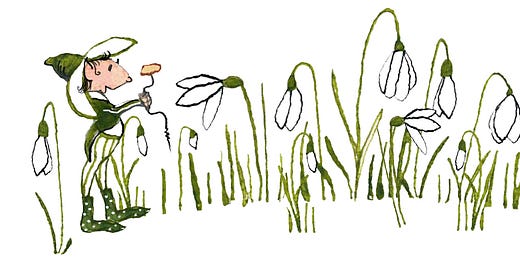



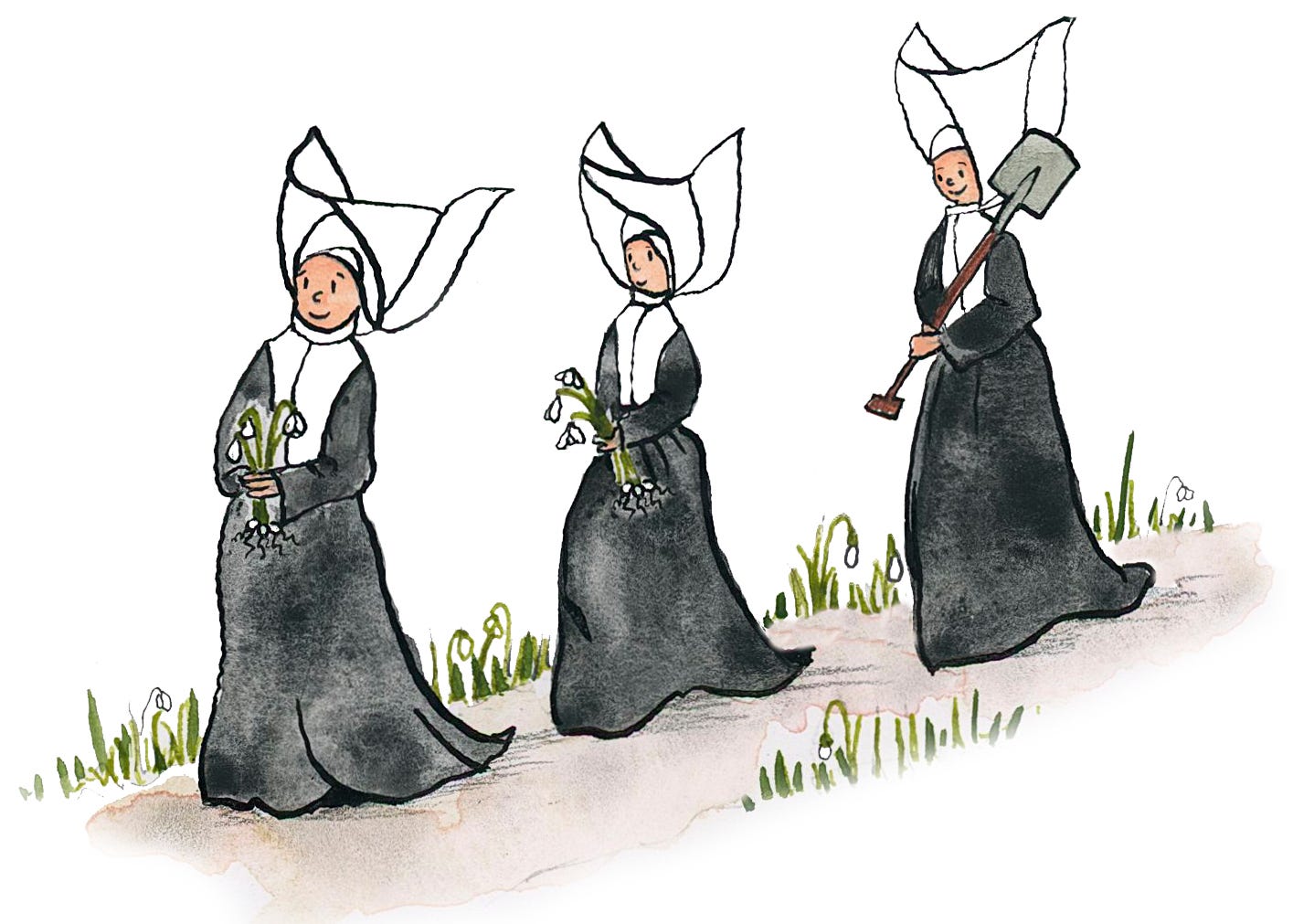
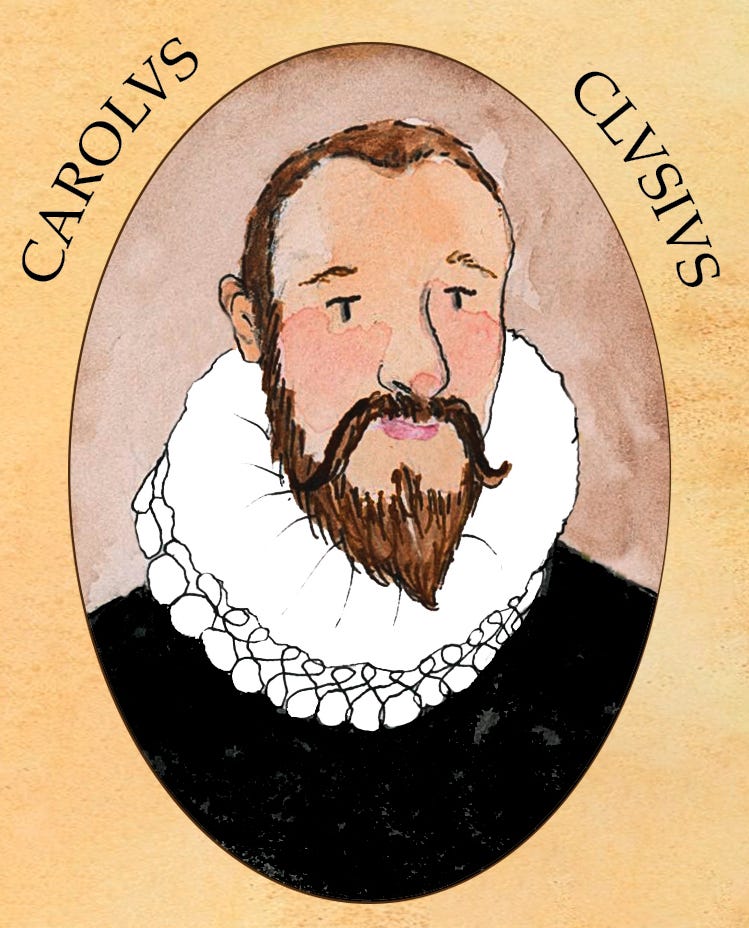
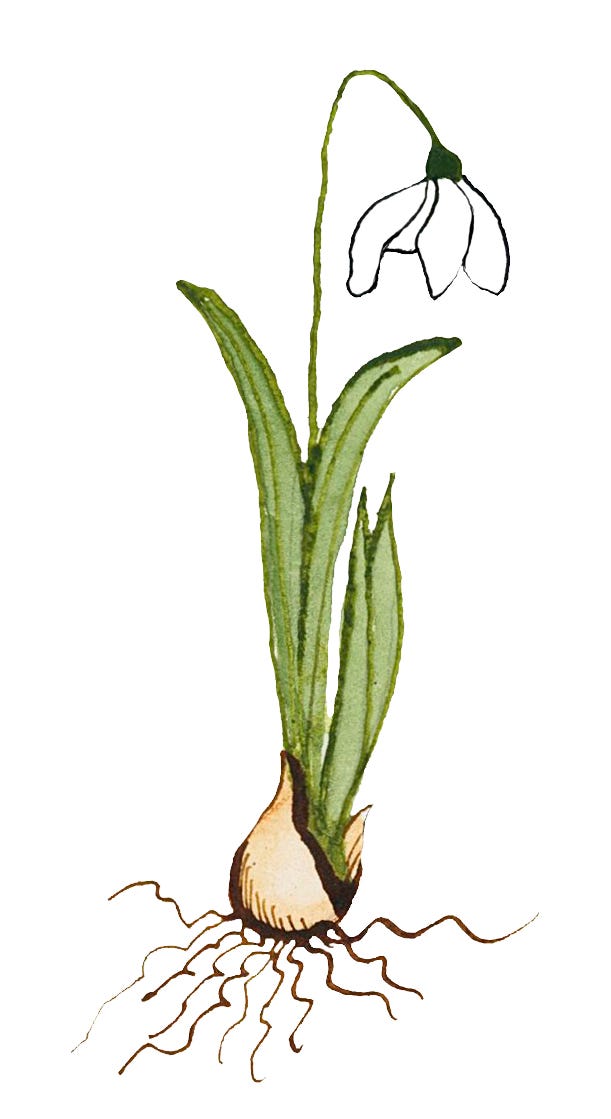
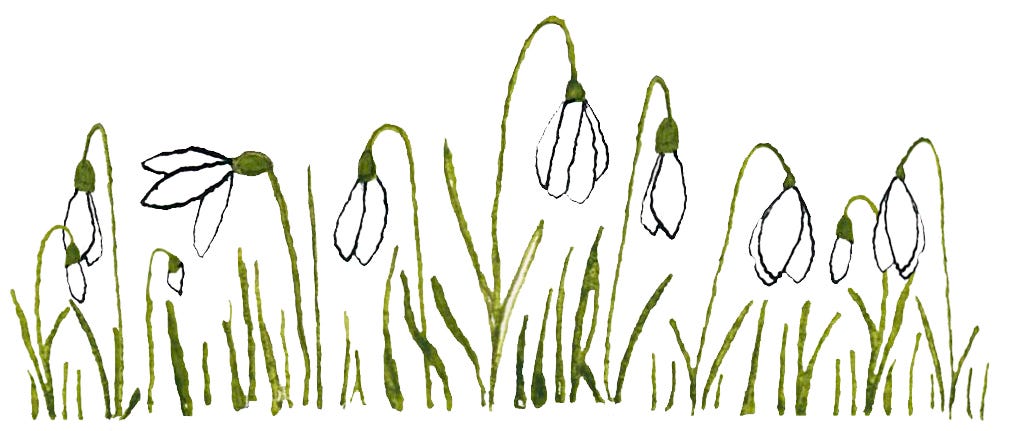
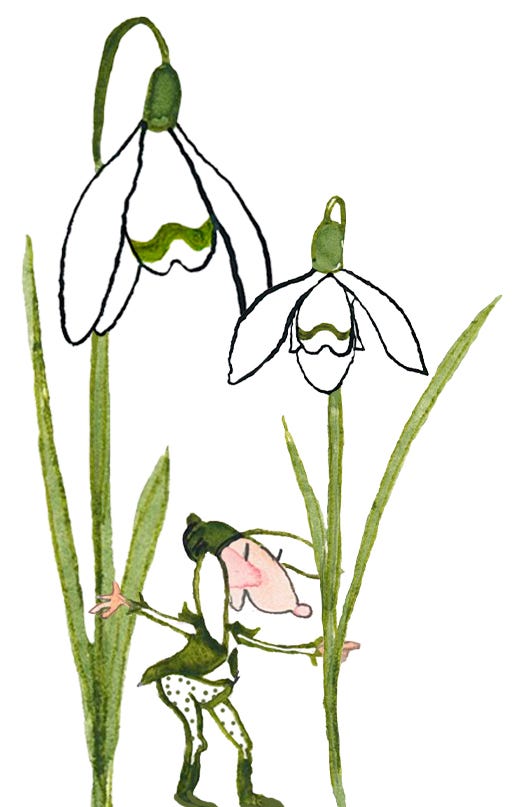



Snow drops are put into letters for a loved one to guess who sent the letter in old Danish tradition . There are hints written in the letter and you must guess who the sender is by Easter. The flower is called “ Vinter gække” and the letter is called “Gække brev”. This means guess letter.
Heel interessante feiten. Gelukkig dat ik de sneeuwklokjes buiten heb geplant 😉